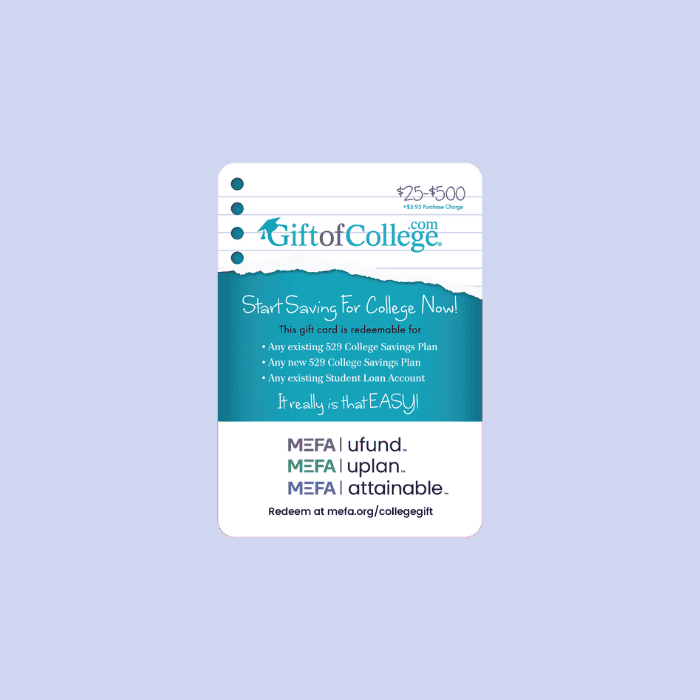Search Site
Suggestions
Best College Savings Plans
Looking for different ways to save for college? This chart shows how the U.Plan and the U.Fund stack up against other popular options, including those specifically designed for college savings and other more general accounts. Compare the best college savings plans below.
1-min
Best College Savings Plans
Looking for different ways to save for college? This chart shows how the U.Plan and the U.Fund stack up against other popular options, including those specifically designed for college savings and other more general accounts. Compare the best college savings plans below.
1-min
College Savings Comparison Chart
| U.Plan Prepaid Tuition Program | U.Fund 529 College Investing Plan | Custodial Accounts (UGMA/UTMA) | Coverdell Education Savings Account | Taxable Account | |
|---|---|---|---|---|---|
| Ownership / Control of Account | Investor | Investor | Custodian, until beneficiary reaches age of majority | Parent or legal guardian | Investor |
| Guidelines for Use | Covers a fixed percentage of tuition and mandatory fees for undergraduate students at over 70 public and private colleges and universities in MA | Utilize the funds for a wide range of college expenses at accredited schools nationwide, in addition to tuition expenses for K-12, certain apprenticeship costs, and student loan repayments. |
|
Qualified expenses (tuition, food, housing, books, required supplies) at any accredited post-secondary school, or primary or secondary education expenses, until beneficiary turns 30 | None |
| Adjusted Gross Income Limit | None | None | None |
|
None |
| Annual Contribution Limit | None |
|
|
|
None |
| Tax Benefits |
|
|
May be federal tax free or taxed at the beneficiary’s potentially lower rate |
|
Taxable in the year earned |
| Change of Beneficiary | Permitted, to a member of the designated beneficiary’s family, tax free and penalty free | Permitted, to a member of the designated beneficiary’s family, tax free and penalty free | Not permitted | Permitted, to a member of the designated beneficiary’s family, tax free and penalty free | NA |
| Effect on Financial Aid | Treated as account owner’s asset (up to 5.6% of parental assets factored into federal financial aid formula) | Treated as account owner’s asset (up to 5.6% of parental assets factored into federal financial aid formula) | Treated as beneficiary’s asset (20% factored into federal financial aid formula) | Treated as account owner’s asset (up to 5.6% of parental assets factored into federal financial aid formula) | Treated as account owner’s asset (up to 5.6% of parental assets, or 20% of child’s assets, factored into federal financial aid formula) |
Generally, higher return potential involves more risk, so be sure to consider risk when comparing different options.
- In addition to these savings options, several states have established tax-advantaged prepaid tuition programs under Section 529 of the Internal Revenue Code. Those programs generally provide tuition lock-in features at state colleges and universities located within the sponsoring state.
- See the Tax Matters section of the Program Description and Offering Statement for more information.
- Must be prorated over five years to avoid Federal gift tax treatment.













